Classification of Chemical Reaction Worksheet
Chemical reactions can be complex and challenging to understand, particularly when it comes to categorizing them correctly. If you're a student studying chemistry or a teacher aiming to provide a comprehensive learning experience for your students, a classification of chemical reaction worksheet can be an invaluable resource. Such worksheets are designed to help learners identify and classify different types of chemical reactions, ultimately strengthening their understanding of this fundamental subject matter.
Table of Images 👆
More Other Worksheets
Kindergarten Worksheet My RoomSpanish Verb Worksheets
Cooking Vocabulary Worksheet
DNA Code Worksheet
Meiosis Worksheet Answer Key
Art Handouts and Worksheets
7 Elements of Art Worksheets
All Amendment Worksheet
Symmetry Art Worksheets
Daily Meal Planning Worksheet
What is the key purpose of classification in chemical reactions?
The key purpose of classification in chemical reactions is to organize and categorize different types of reactions based on their general characteristics and behaviors. This helps chemists and scientists better understand and predict the outcomes of reactions, as well as identify patterns and trends across different reaction types. By classifying reactions, it also facilitates easier communication and sharing of knowledge within the scientific community.
How are chemical reactions classified based on reactants?
Chemical reactions are classified based on reactants into different categories such as combination reactions, decomposition reactions, displacement reactions, and double displacement reactions. Combination reactions involve two or more reactants combining to form a single product, while decomposition reactions involve a single compound breaking down into two or more products. Displacement reactions occur when a more reactive element displaces a less reactive element from a compound, and double displacement reactions involve the exchange of ions between two compounds to form new products.
What are the different types of reactions classified based on products?
The different types of reactions classified based on products are synthesis reactions, decomposition reactions, single replacement reactions, double replacement reactions, combustion reactions, and redox (oxidation-reduction) reactions.
Describe the classification of reactions based on energy changes.
Reactions can be classified based on energy changes into exothermic and endothermic reactions. In exothermic reactions, energy is released to the surroundings, typically in the form of heat, light, or sound, resulting in a decrease in the system's energy. On the other hand, endothermic reactions absorb energy from the surroundings, usually in the form of heat, causing an increase in the system's energy. These classifications are important in understanding the thermodynamics of chemical reactions and their impact on the overall energy balance of a system.
What is the classification of reactions based on redox reactions?
Reactions can be classified as redox (oxidation-reduction) reactions or non-redox reactions. In redox reactions, there is a transfer of electrons between reactants, leading to changes in oxidation states. Oxidation involves the loss of electrons, while reduction involves the gain of electrons. Non-redox reactions do not involve electron transfer and primarily involve changes in chemical bonding or physical state.
Explain the classification of chemical reactions based on reaction rate.
Chemical reactions can be classified based on their reaction rates into two categories: fast reactions and slow reactions. Fast reactions occur rapidly, often within seconds or milliseconds, as the reactants quickly form products. These reactions are often spontaneous and have a high rate constant. In contrast, slow reactions take a longer time to reach equilibrium as the reaction rate is lower. Slow reactions often require energy input or favorable conditions to proceed, and they have a lower rate constant compared to fast reactions.
How are reactions classified based on the presence of a catalyst?
Reactions can be classified as catalytic or non-catalytic based on the presence of a catalyst. In catalytic reactions, a catalyst is present to speed up the reaction by lowering the activation energy required for the reaction to proceed, without being consumed in the reaction itself. On the other hand, in non-catalytic reactions, no catalyst is needed for the reaction to occur, and the reaction proceeds without any external agent facilitating the reaction.
Describe the classification of chemical reactions based on the nature of the reactants or products.
Chemical reactions can be classified based on the nature of the reactants or products into different categories: combination reactions (two or more substances combine to form a new compound), decomposition reactions (a single compound breaks down into two or more substances), displacement reactions (one element displaces another in a compound), double displacement reactions (exchange of ions between two compounds to form new compounds), oxidation-reduction reactions (transfer of electrons between reactants), and acid-base reactions (reactions between acids and bases to form salt and water).
What is the classification of reactions based on reaction conditions?
Reactions can be classified based on reaction conditions as either exothermic or endothermic. Exothermic reactions release heat energy to the surroundings, while endothermic reactions absorb heat energy from the surroundings. This classification helps in understanding the energy changes associated with chemical reactions and can influence the choice of reaction conditions and parameters utilized in reaction design and optimization.
Explain the classification of reactions based on the extent of the reaction.
Reactions can be classified based on the extent of their reaction into three categories: complete reactions, reversible reactions, and partially reversible reactions. In complete reactions, the reactants are completely converted into products. In reversible reactions, the reaction can proceed in both directions, forming products and regenerating reactants. Partially reversible reactions can proceed in both directions, but only to a limited extent, resulting in an equilibrium state with both reactants and products present.
Have something to share?
Who is Worksheeto?
At Worksheeto, we are committed to delivering an extensive and varied portfolio of superior quality worksheets, designed to address the educational demands of students, educators, and parents.







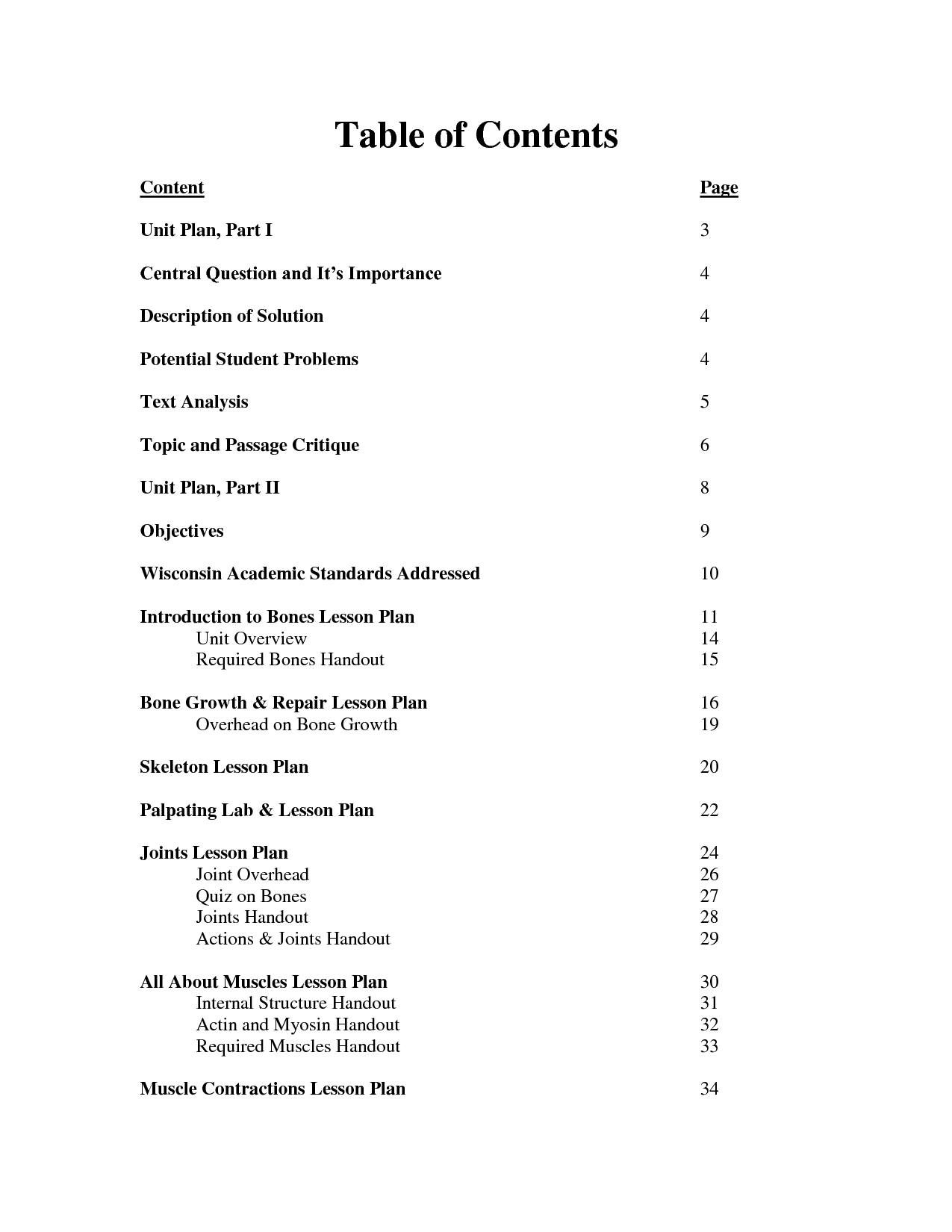
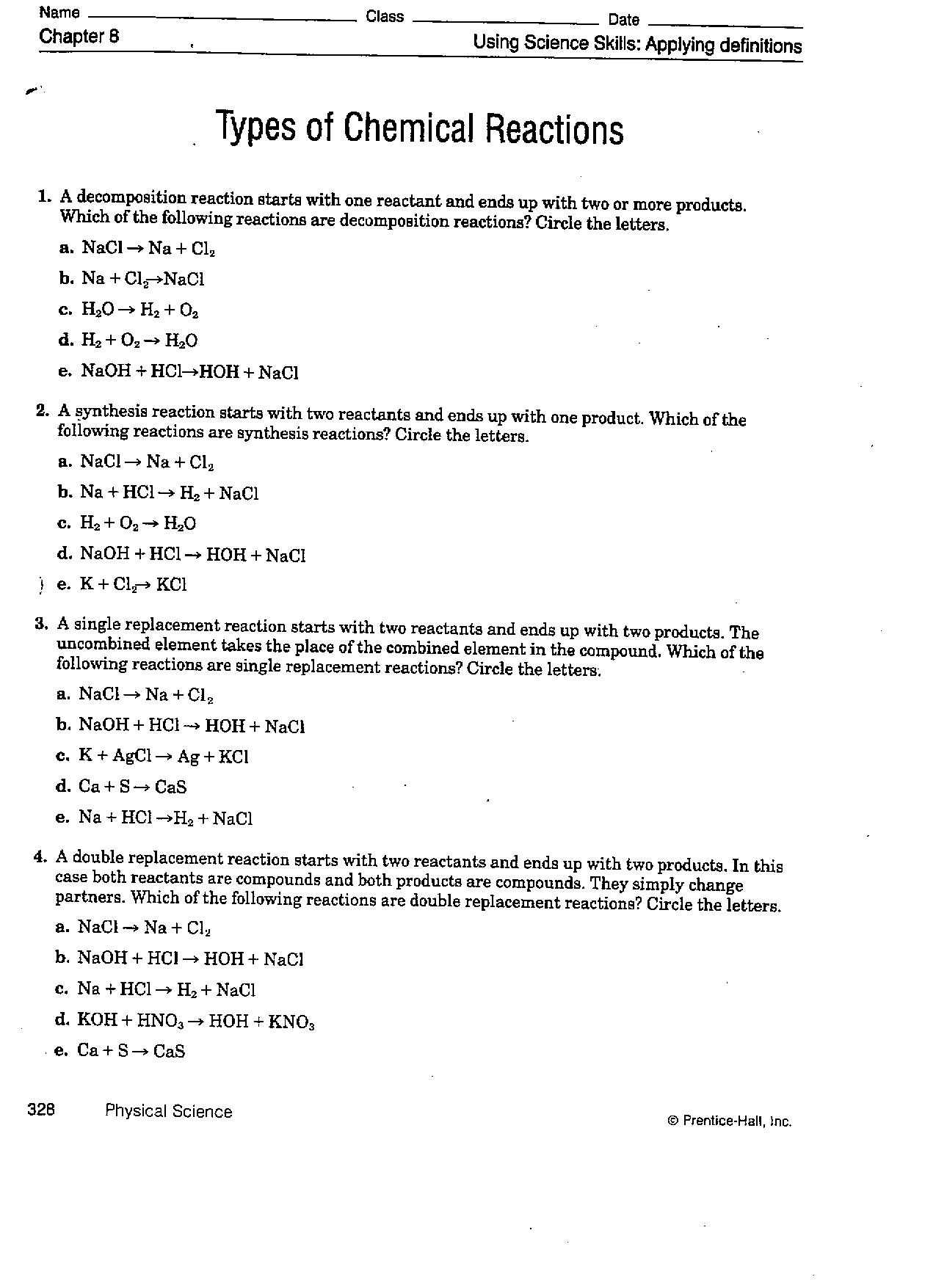
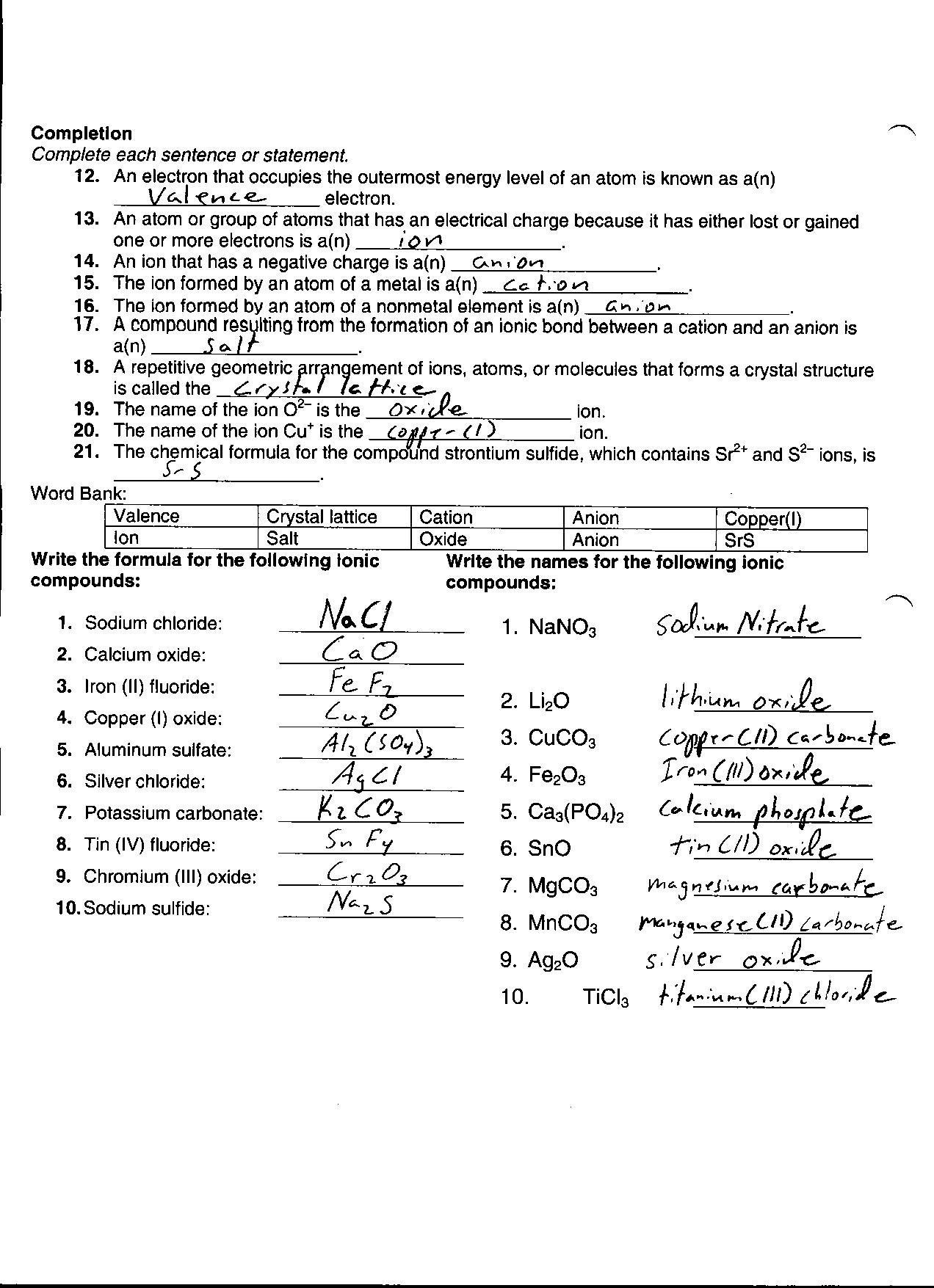
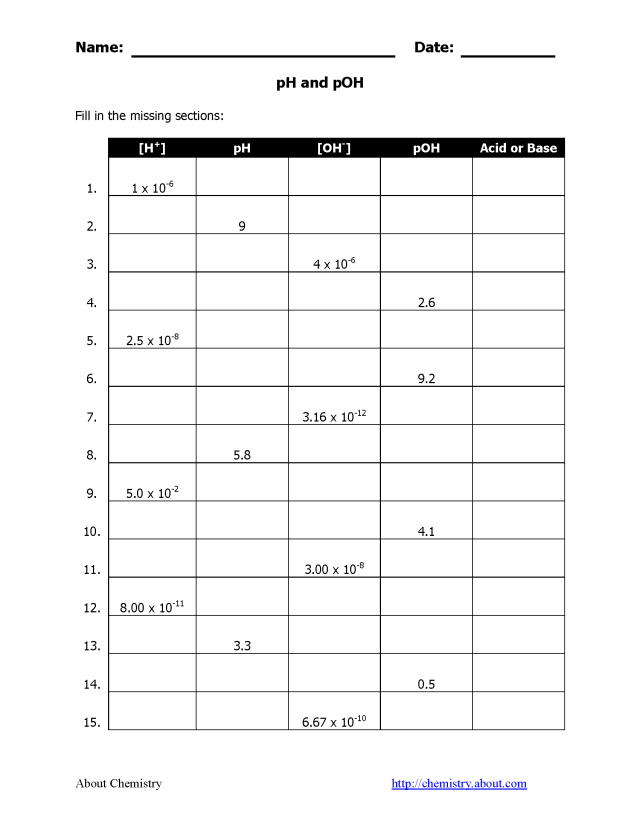
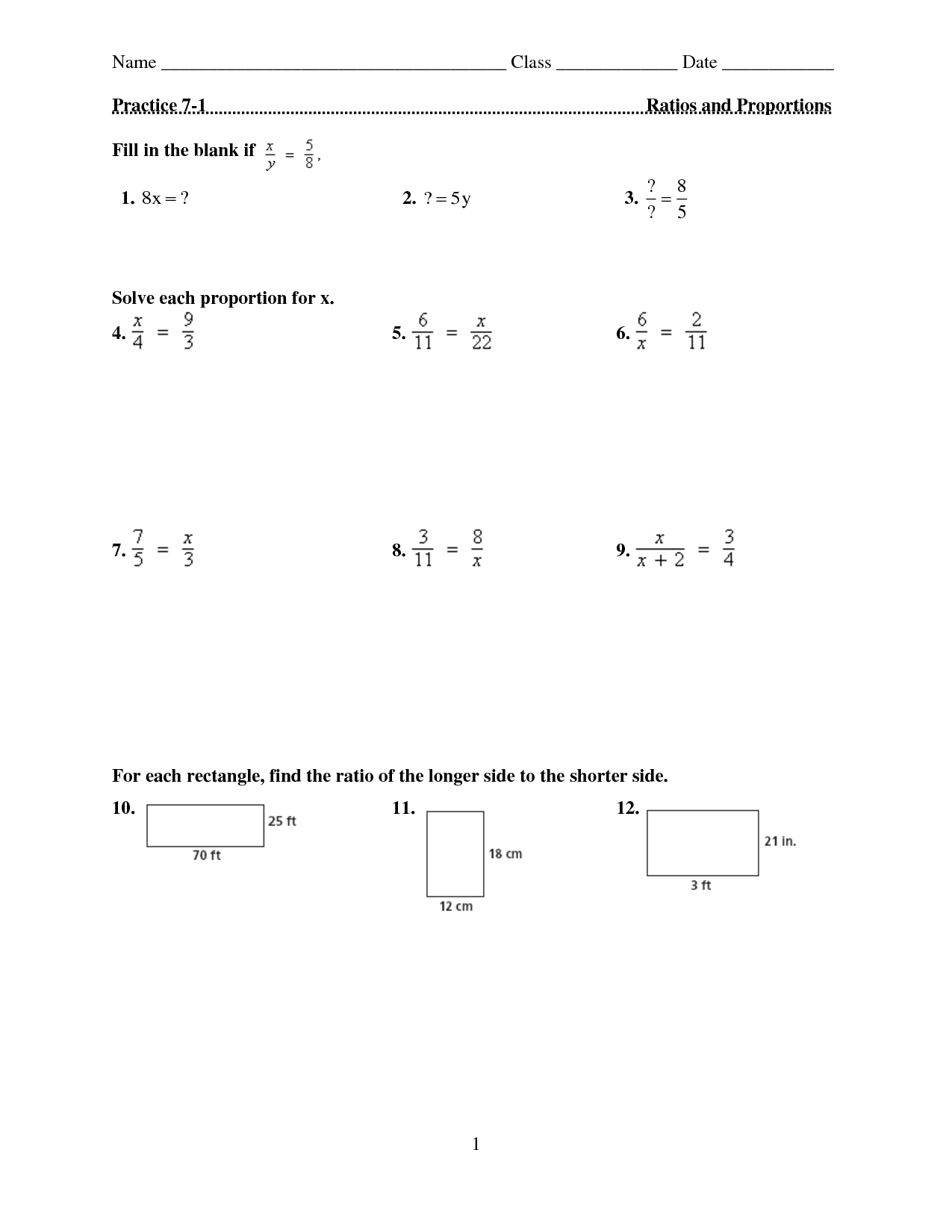














Comments